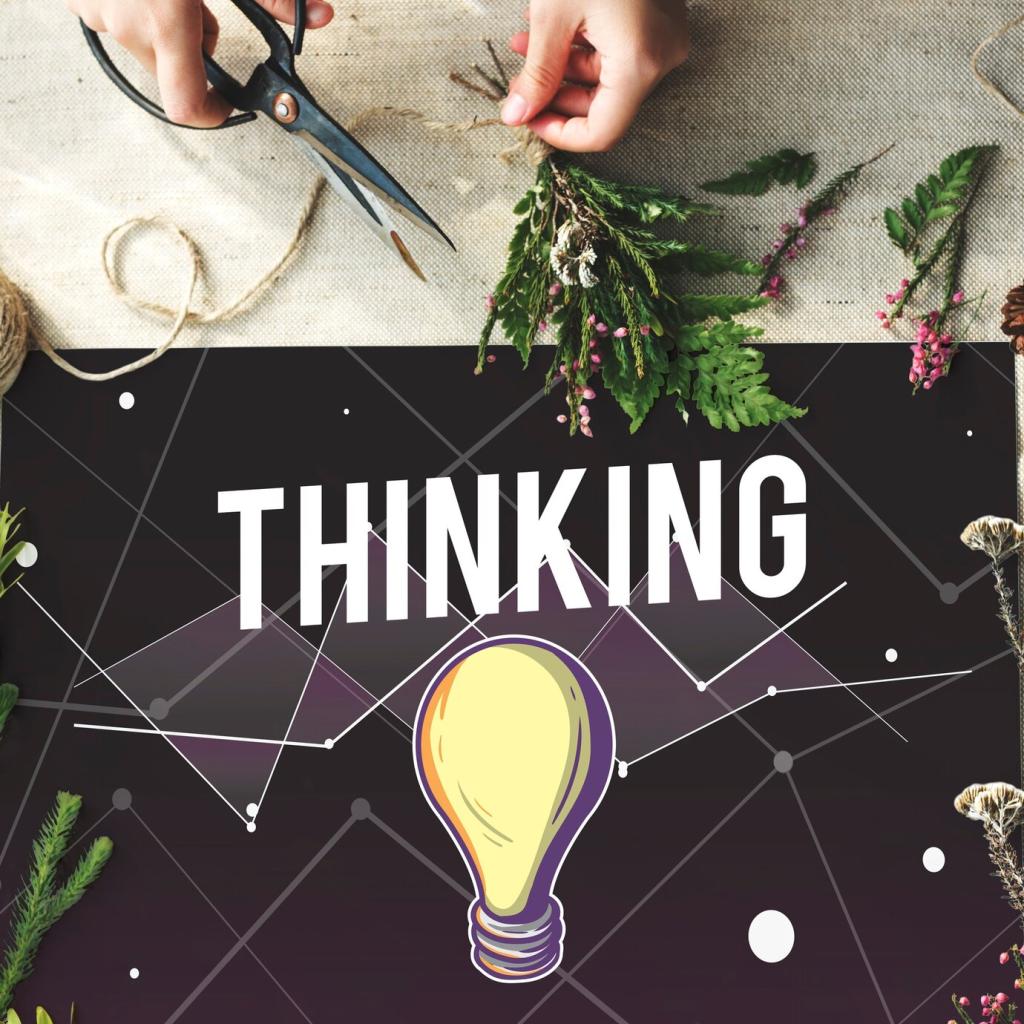
Gamification in Programming Education
Gamification in programming education harnesses the power of game design elements to engage learners and make the process of acquiring coding skills more interactive, rewarding, and effective. By incorporating aspects such as points, levels, badges, and leaderboards, educational experiences can be transformed from traditional, sometimes monotonous lessons into compelling challenges. This approach aims to increase motivation, enhance problem-solving capabilities, and foster a sense of achievement, all while ensuring deeper comprehension of programming concepts. As technology continues to evolve, gamification remains at the forefront of educational innovation, paving the way for new methodologies that cultivate a love for programming among learners of all ages.
Motivation and Engagement
Positive Reinforcement
Key Elements of Gamification in Coding Curriculum
Points, Badges, and Leaderboards
Level Progression
Storytelling and Narrative Context
Benefits and Outcomes of Gamified Programming Education

